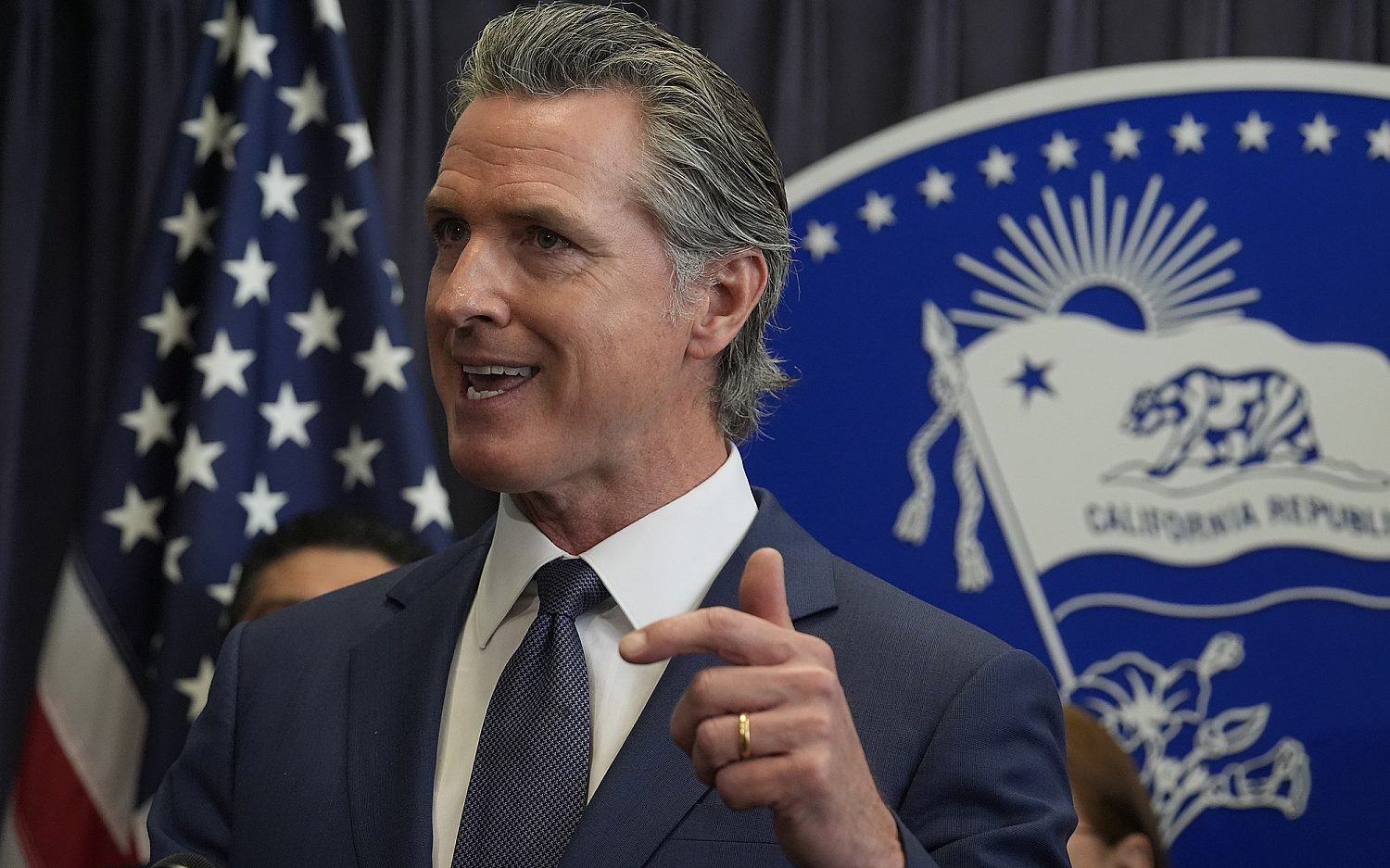Will more funding help California's foster kids?
In an interview posted on YouTube by Courageous Connection, a California nonprofit organization for foster youth, Anthony talks about his five placements, three schools, and four years in foster care. Many foster children come from homes marked by neglect and abuse, and many move from house to house with no place to truly call home.
“I was just getting drug around like a piece of paper… just a blank piece of paper basically,” Anthony says in the video.
Foster students have the lowest graduation rate of all of the at-risk student groups in California, according to a 2013 study by WestEd, a nonprofit research agency. California is home to almost one-fifth of U.S. foster children, and the California government will now include them, along with students from low-income families and students learning English, in a funding program designed to improve their school performance.
Statistics show only 58 percent of 12th graders in foster care graduate, compared to 84 percent of California youth overall. Foster youth lag in language arts, performing similar to English learners and students with disabilities, and have the lowest math proficiency rate of all of the at-risk subgroups.
In attempt to confront the low performance of students in foster care, California is designating funds to foster students through a program called the Local Control Funding Formula (LCFF). Districts will receive money based on how many low-income, English learning, and foster-care students they have. The Los Angeles Unified School District has designated $9.9 million to hire 92 guidance counselors, behavior specialists, and other positions to help foster students.
Molly Dunn, a lawyer from the LA-based Alliance for Children’s Rights, supports the new state policy: “That’s only right because these are our kids, the state’s kids, and they are doing the worst.” But Mike Jones, a former high-school science teacher and current executive director of Courageous Connection, doubts how much of an effect the large amounts of money will actually have. “You can’t fund love or doing the right thing,” he told me.
Jones, who works one-on-one with high-school foster kids in the Elk Grove Unified School District, talked about how they are so used to being ignored and invisible that they want to be recognized as individuals with unique needs. Sometimes it means helping them get simple things like a bus pass, yearbook, or prom dress. State funds won’t buy those things, but they help the foster youth get up and go to school in the morning.
“Each individual kid needs to be looked at and understood,” Jones said. More money won’t necessarily fix the problem, he said, because “you can’t pay someone to care.”
The Associated Press contributed to this report.
An actual newsletter worth subscribing to instead of just a collection of links. —Adam
Sign up to receive The Sift email newsletter each weekday morning for the latest headlines from WORLD’s breaking news team.




Please wait while we load the latest comments...
Comments
Please register, subscribe, or log in to comment on this article.